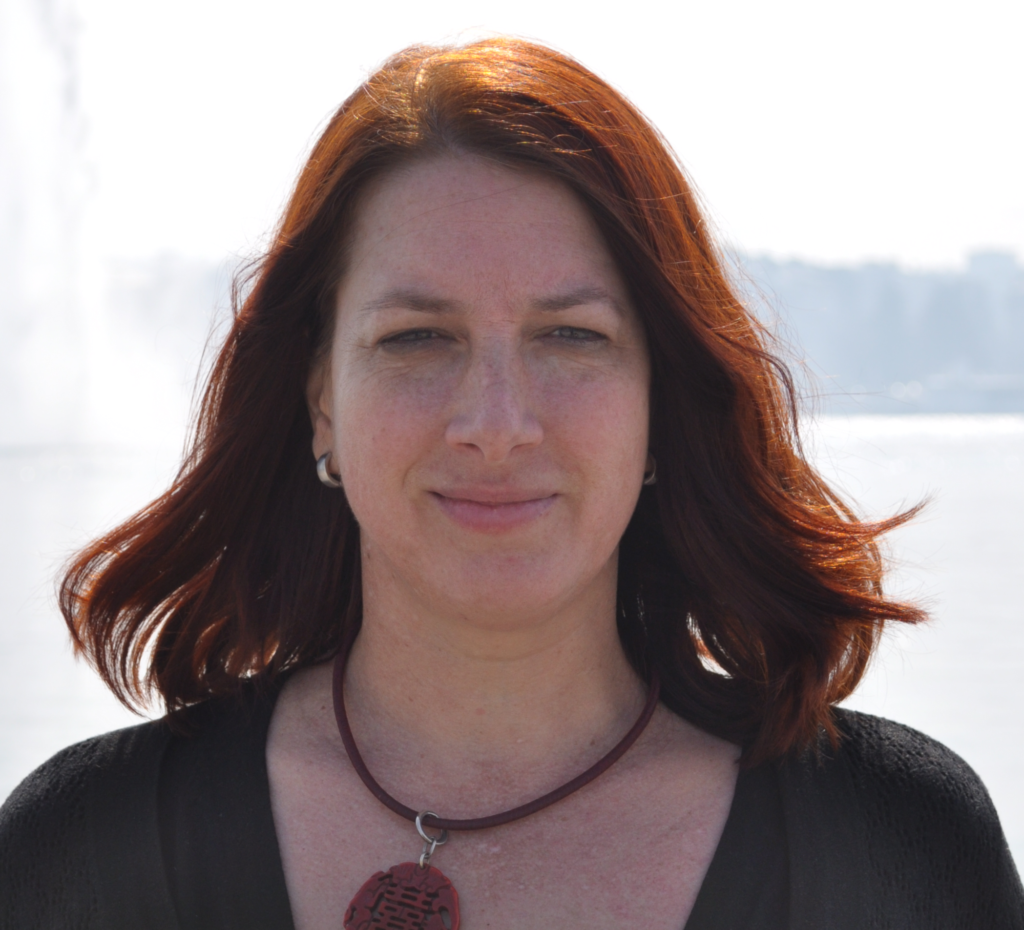Mediating noise is one of the challenges of being in hospital, but patients can be part of the solution, says Estelle Jobson
 “The peacefulness is so big it dazes you,” wrote Sylvia Plath in 1961 while she was hospitalised for an appendectomy. Almost 60 years later, this description in her famous poem “Tulips” seems antiquated and implausible. Many things may impress you in a hospital, but peace won’t be one of them. Patients, such as myself, will know well that mediating noise while in hospital can be one of the tougher challenges of being there.
“The peacefulness is so big it dazes you,” wrote Sylvia Plath in 1961 while she was hospitalised for an appendectomy. Almost 60 years later, this description in her famous poem “Tulips” seems antiquated and implausible. Many things may impress you in a hospital, but peace won’t be one of them. Patients, such as myself, will know well that mediating noise while in hospital can be one of the tougher challenges of being there.
Noise pollution is a critical topic, not only for patients, but for the medical staff who actually care for us. How can we recuperate and they facilitate that process, when we’re all dealing with a cacophony of different noises, and each person with their own unique sound filtering and processing capabilities?
Promoting research, debate, and engagement on this topic is crucial, and its importance only increases in proportion to the duration of hospital care a patient needs. The longer your hospital stay, the greater your accumulated noise-related stress will be. Such stress can impact negatively on many aspects of a patient’s treatment, adherence, recovery, and post-hospital psychological processing. Patients sometimes beg to be discharged early, simply to escape from the noise.
As it stands, patients are generally positioned as subjects of hospital noise who must endure it. Patients are expected to be patient. Although patients are indeed subjected to many experiences in hospital, we too are an active part of the soundscape. Let’s explore how we patients interact with our hospital environment, as both subjects and agents of noise, so that we can be understood as part of the problem and the solution.
Rarely, if ever, are patients briefed on what to expect from the sensory environment in hospitals or offered preventative coping strategies. The reality that follows can be a nasty shock: ambulance sirens, jabbering TVs, clacking shoes, beeping machines, loud conversations, audible cries of pain and distress, and the dragging of furniture and trolleys—some of this emanating from fellow patients.
The patient who is poorly prepared may well bring no resources with them and, while hospitalised, will probably be unable to source them. Yet more experienced patients have good, creative ideas on how to cope with or improve the environment, looking at sound and beyond it at the bigger picture. In patient organisations, we advise one another on coping with unfamiliar or unwanted stimulus that interfere with healing or amplify stress. Researchers and hospital staff might benefit from finding out about these patient-to-patient tips and on calling upon patient input.
Coping strategies given in online support groups include tools to mask or override existing sounds: ear plugs, headphones, white noise machines or apps, a portable fan, music, and one’s own media (such as videos). Other suggestions include items or practices that cannot actually reduce sound, but which can soothe and distract the patient and so lower related stress: meditations and grounding exercises, a weighted blanket, essential oils, an eye mask or sunglasses, comfy socks, a heating pad, your own pyjamas or gown, a beloved toy or possession with a comforting texture, and light diversions or handcraft (such as crossword puzzles or knitting).
These handy patient-to-patient tips show us that the soundscape is merely one aspect of environmental disturbance. Other factors include: light, air quality, view from the window, smells, ambience, colour, decoration of walls, and tone of voice (notably, how staff and patients speak to one another).
Largely, patients can do little or nothing to change the hospital soundscape around us, other than how we interact with it. This needs to change. We need clear, patient centred rights and responsibilities relating to the environment. For example, can patients notify staff about their particular noise sensitivity before being admitted (e.g. people with misophonia or certain acute triggers)? Can we be given a realistic set of expectations of what is unavoidable hospital noise versus what we can legitimately complain about? Reducing the gap between expectations and real life experience would likely yield a less conflict ridden outcome all around.
Today’s hospitals are not the havens of dazzling peace once enjoyed by Sylvia Plath because they are fundamentally places of labour, tremendous activity, and healing processes that require intense interaction. However, it would be wonderful to see noise related tools and guidelines developed for everybody—patients, hospital staff, and hospital managers—in which all parties enjoy respect, consideration, and a framework to follow. We patients need a healing environment and hospital staff need one that helps them carry out their jobs effectively. Somewhere in this realm, we need to agree upon a soundscape that is tolerable and hopefully even agreeable for all of us.
Estelle Jobson is a trained patient advocate who believes in the patient mantra: “Nothing about us, without us.” She is a European Patients’ Academy on Therapeutic Innovation (EUPATI) fellow. With a background in editing and writing in educational and academic publishing, she has a particular interest in developing accessible information for patients, including digital resources. Twitter @SignoraStella
Competing interests: I have consulted as a patient expert with Pfizer on some of their communication for patients and the public.
Related editorial: Noise pollution in hospitals
